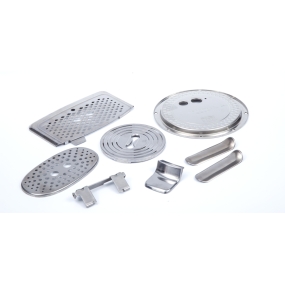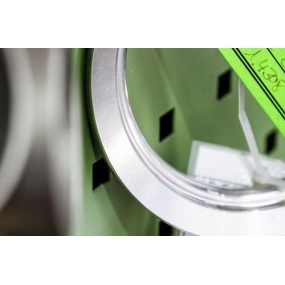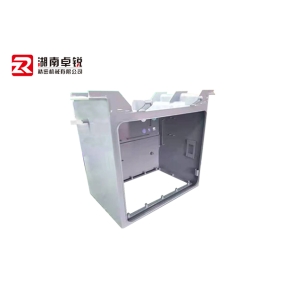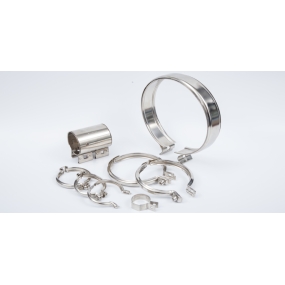The process process of the Sheet Metal Processing process refers to the entire process of gradually changing the shape, size, size, HabyH, HabyH, HabyH, HabyH, HabyH, HabyH, HabyH, HabyH, HabyH, HabyH, HabyH, HabyH, HabyH, HabyH, HabyH, HabyH, HabyH, HabyH, HabyH, HabyH, HabyH, HabyH, HabyH, HabyH, HabyH, HabyH, HabyH, HabyH, HabyH, HabyH, HabyH, HabyH, HabyH, HabyH, HabyH, HabyH, HabyH, HabyH, HabyH, HabyH, HabyH, HabyH, HabyH, Quid?
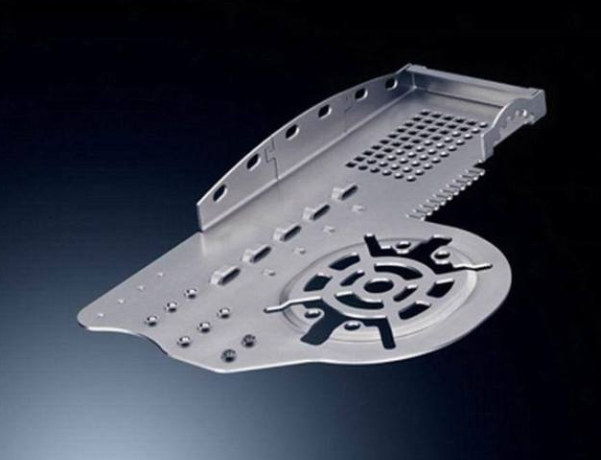
Specificationes procedentium in processione metalla folii
The process flow specifies the machining process of the parts, while the specific machining content is guided and controlled by the process specification.
Process specification is a technically feasible and economically reasonable process plan selected by process technicians based on the requirements of product drawings, the characteristics of the workpiece, production batch, and the existing equipment and production capacity of the enterprise. After careful comprehensive analysis and comparison of several possible process plans, it is a technical document that guides the production process of parts. In documento technico vacuum pro parte, method processionis eius, et dimensiones processionis specificas sunt; Natura, quantitate, sequence, et qualitate requies singulorum procedentium; Modelles Equipmentorum et speciacis per singulos procedentibus utili sunt; Formus instrumentorum processionis (sicut instrumentos auxiliarum, instrumentos, moldes, etc.) in omni processo utilis; Classificationes qualitatis, metodes inspectionis, et necessitates pro omni processo.
Generally speaking, when it comes to the processing technology of all sheet metal parts, it is often not completed by a single cutting and stamping workshop. Many parts may also be interspersed with mechanical processing, heat treatment, surface treatment, etc. Cross workshop and cross department operation guidance is controlled by their corresponding process specifications. However, in different industries, especially when processing sheet metal components with low professional technical requirements and low complexity, a comprehensive process specification is often compiled to guide production.


 English
English Spanish
Spanish Arabic
Arabic Portuguese
Portuguese Belarusian
Belarusian Japanese
Japanese Russian
Russian Icelandic
Icelandic Bulgarian
Bulgarian Azerbaijani
Azerbaijani Estonian
Estonian Irish
Irish Polish
Polish Persian
Persian Boolean
Boolean Danish
Danish German
German French
French Filipino
Filipino Finnish
Finnish Korean
Korean Dutch
Dutch Galician
Galician Catalan
Catalan Czech
Czech Croatian
Croatian Latvian
Latvian Romanian
Romanian Maltese
Maltese Malay
Malay Macedonian
Macedonian Norwegian
Norwegian Swedish
Swedish Serbian
Serbian Slovak
Slovak Slovenian
Slovenian Swahili
Swahili Thai
Thai Turkish
Turkish Welsh
Welsh Urdu
Urdu Ukrainian
Ukrainian Greek
Greek Hungarian
Hungarian Italian
Italian Yiddish
Yiddish Indonesian
Indonesian Vietnamese
Vietnamese Haitian Creole
Haitian Creole Spanish Basque
Spanish Basque


